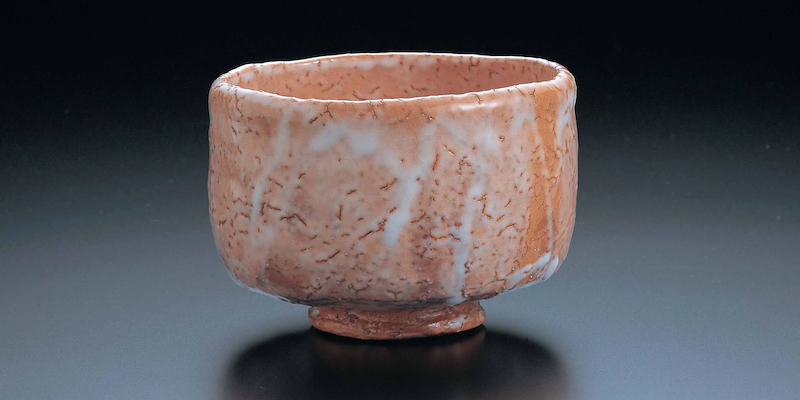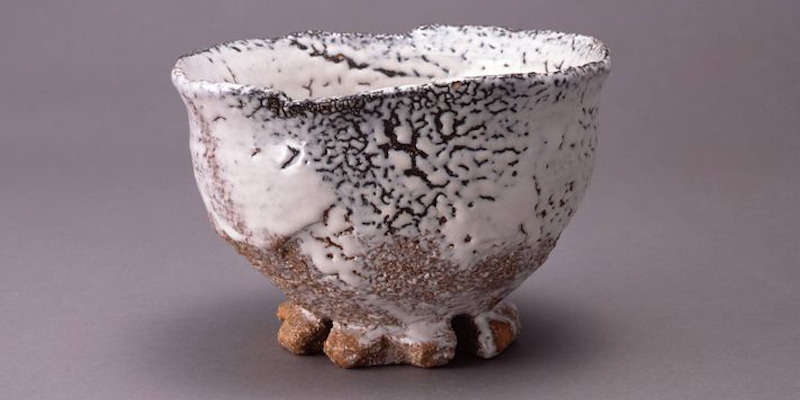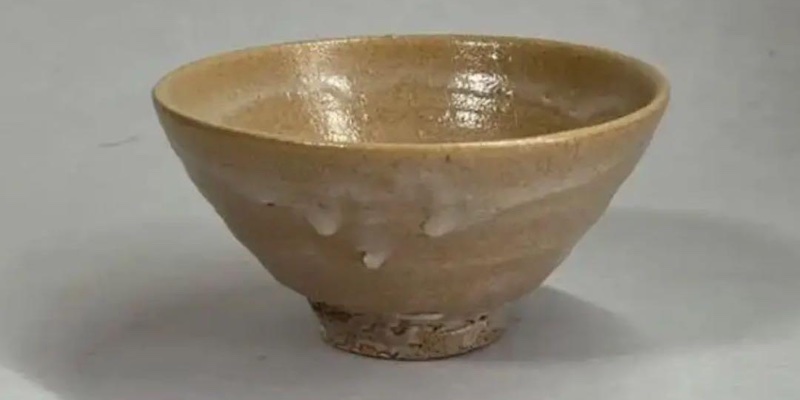
The Hagi tea bowl is one of the indispensable tea utensils in the tea ceremony. It is also called "matcha bowl".
With the spread of tea ceremony culture, many Hagi tea bowls for tea ceremonies have been made as traditional craft pottery in various parts of Japan.
This time, we will explain the knowledge of Hagi tea bowls that you need to know to enjoy the tea ceremony, such as the characteristics of each production area of Hagi tea bowls and the points when choosing one, and finally introduce the recommended Hagi tea bowls.
If you want to deepen your understanding of Hagi tea bowls, or if you want to choose Hagi tea bowls for tea ceremony, please refer to them!
Hagi pottery rarely has gorgeous decorations such as painting.
Straw ash used in Shirahagi and transparent soil ash are the main glazes, and it can be said that the simple warmth of the whole vessel is characteristic.
The soil is mainly white Daido soil from Hofu City and Yamaguchi City, mixed with iron-rich Mishima soil and Mitaketsuchi.
Daido soil has a lot of sand, and fine gravel and feldspar grains on the surface of the vessel give it a rich look.

Those with a high proportion of coarse sand are called Onagi-de.
Daido soil is originally sandy soil, but gravel is added to give it a rough texture.
You can clearly see the earthiness of the unglazed part.

Those made from elutriated, fine-grained clay are called Himehagi-de.
Himehagi-de has less roughness and small unevenness on the surface, giving it a moist texture.
Each one has a completely different expression, so it's a place where preferences are divided.
Another characteristic of Hagi pottery is its high water absorbency.
Therefore, the more you use it, the more the glaze will change.
This change in glaze tone is called “Hagi no Shichibake”.